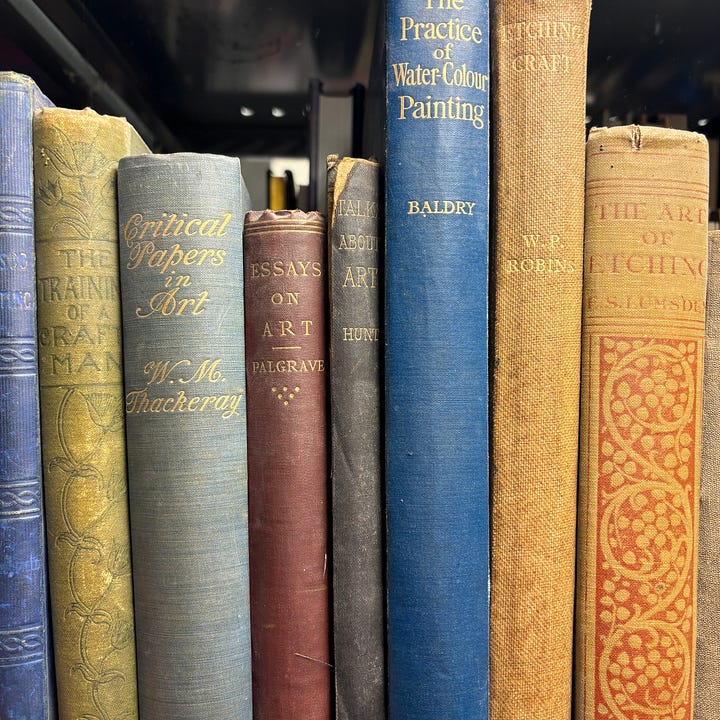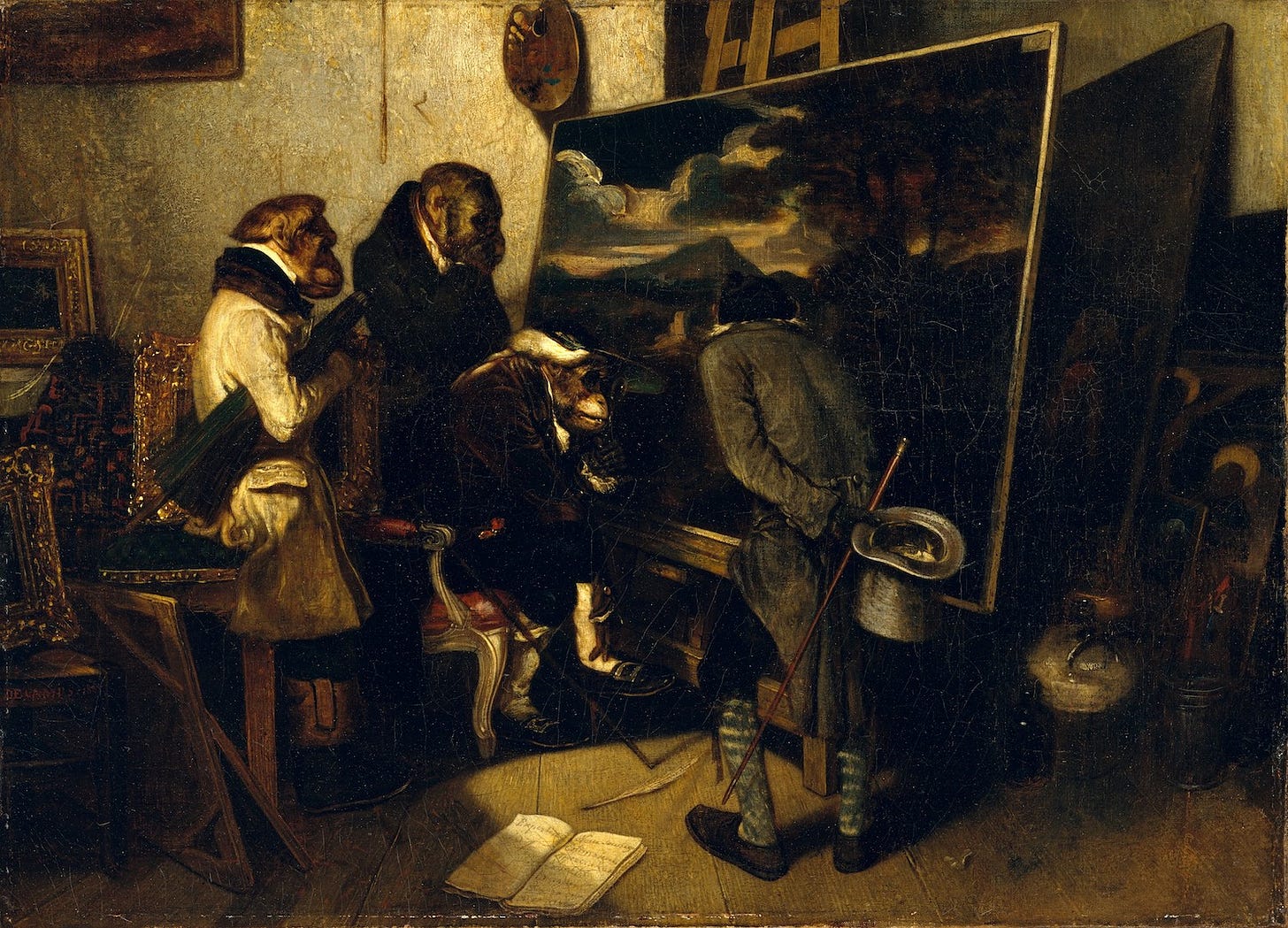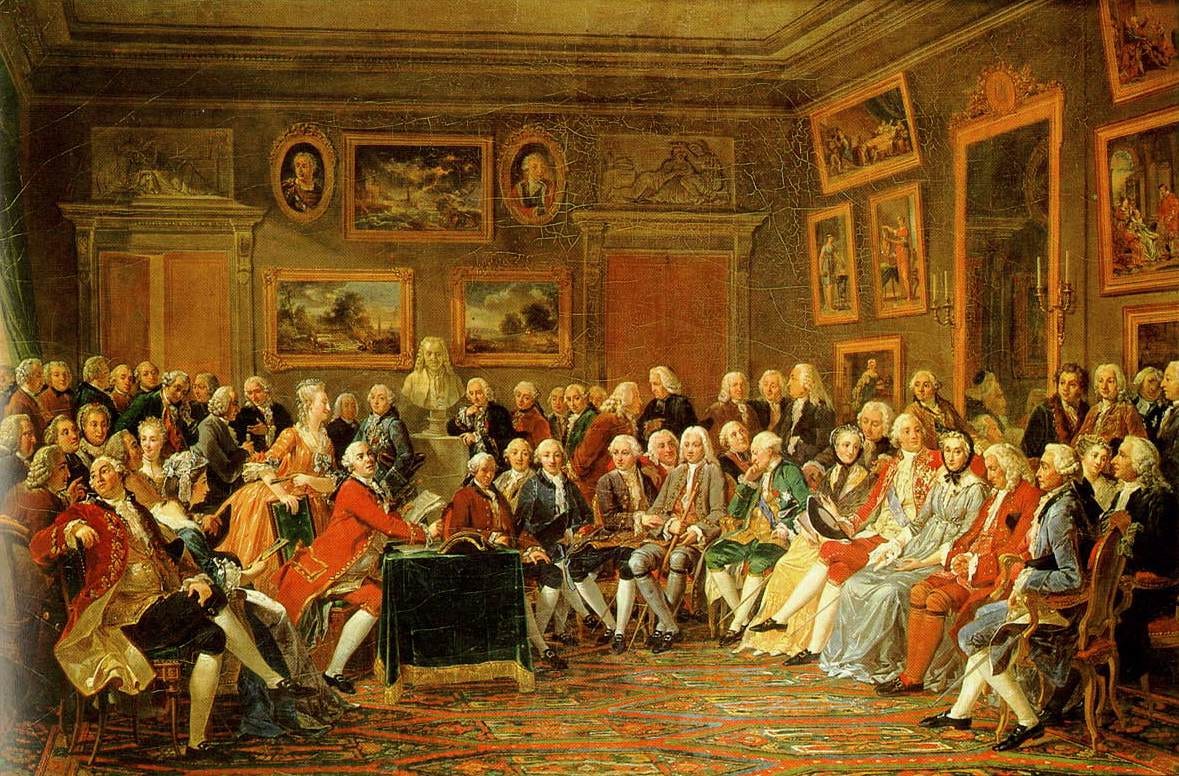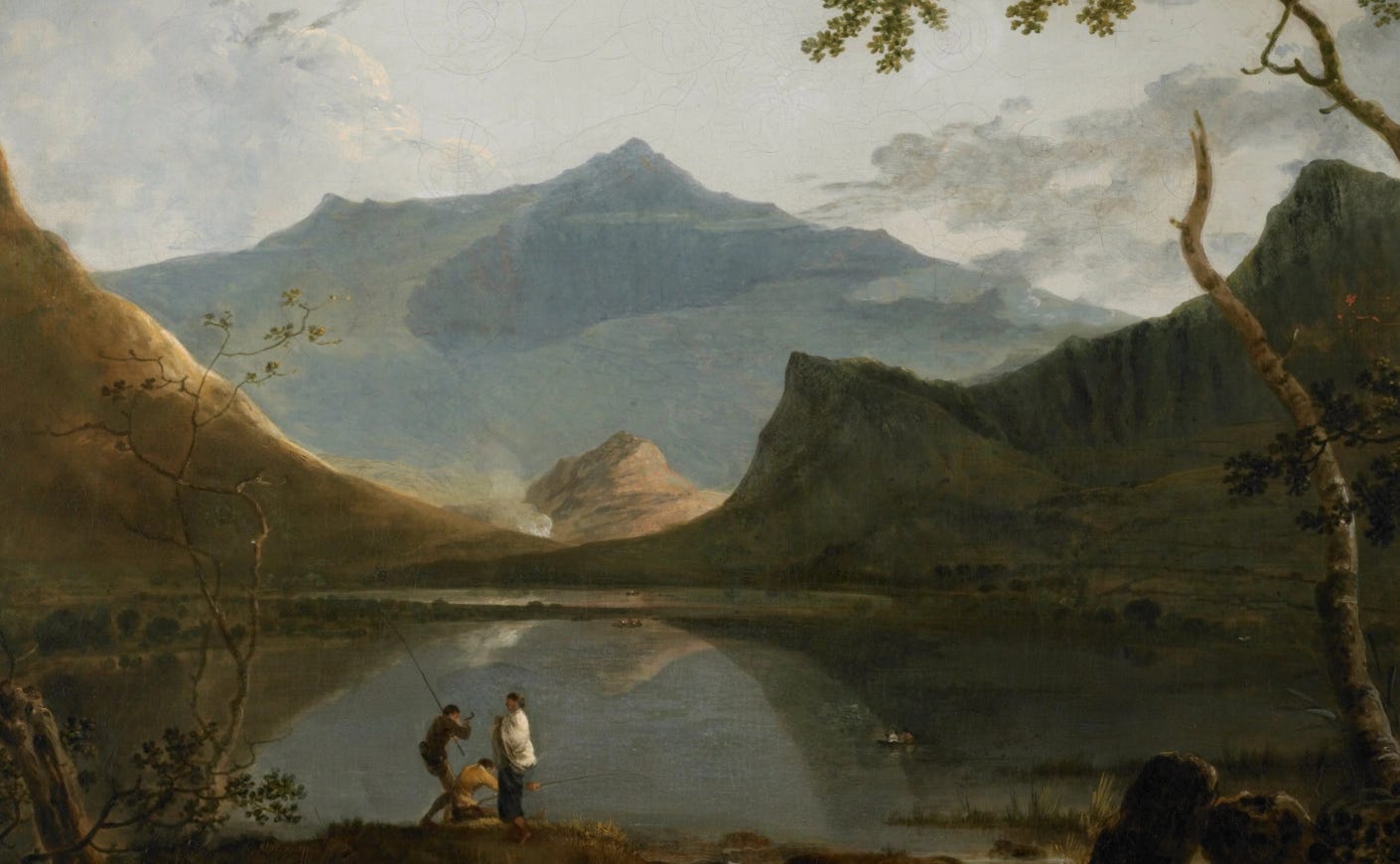In Praise of the Art History Hobbyist
Five ways to seamlessly introduce more art into your life in 2025
Over the last few months, there is a recurring comment I’ve been seeing in response to my work. It’s usually a variation on this:
Hi Rebecca. This post is very interesting. I never had the opportunity to study art history, though I wish I had. Thanks for the info!
For me, these remarks (for which I am very thankful, by the way) underscore the point that very few people ever have the privilege of learning about art in a formal setting.
Art history is not generally offered in schools in the UK. University degrees in the humanities (art, literature, history, and philosophy) are not well-regarded by sensible parents. Amidst the myriad reasons for why most people never get to study history of art (wealth, elitism, cultural precedent, etc.), I think one overlooked factor is that idea that you can sort of dip-in and dip-out of art history. It’s got its own pop culture. People make Pinterest boards out of Pre-Raphaelite paintings, and innumerable Tiktoks about Alexandre Cabanel’s The Fallen Angel (1847). I first learned the names of the Italian Renaissance painters from Teenage Mutant Ninja Turtles.
I’m very in favour of people taking up art history as a hobby. Art is meant to be challenged, updated, destroyed and remade. Nothing is worse news for art historians than empty museums. Long live the influencers, filming themselves getting emotional in front of Sir John Everett Millais’ Ophelia (1851), I say.
Moreover, today is New Year’s Eve. It’s a day which calls not only for late-night celebrations, but also for renewal. Over the coming weeks, the likelihood is that someone might ask you about your New Year’s resolutions… so, today I’m here to present some alternative, easy-to-use, art-history-themed answers to that question.
1. Listen to more art history podcasts next year
The first thing you can do is switch out the usual Spotify playlist for an art history podcast. These can can be dry, informative, and academic… In Our Time is a good example — very high-level, professional, and maybe boring to some. However, there are also many more conversational art history podcasts out there.
Here are a few of my favourites:
Moving Pictures - This BBC Series is a beautiful exercise in slow looking.
The Lonely Palette Podcast - An authentic, fresh perspective on visual culture and tradition.
The Great Women Artists - This podcast from Katy Hessel (author of The Story of Art Without Men) is all about reframing the arts from a women-first perspective.
A Brush With - Interviews with contemporary artists, produced by The Art Newspaper.
The Italian Renaissance Podcast - An excellent, bitesize resource for those interested in early-modern Italian culture.
The Art History Babes - Accessible, conversational, and with a goodly focus on non-Western art.
2. Turn your social media feed into a gallery
If you’re going to continue doomscrolling in 2025 you might as well make it an educational, bright, and creative experience. So, if you don’t already, make sure to follow museums, art influencers, and contemporary artists on your social media.
These are several accounts that I really enjoy — you can really tell they put a lot of thought into their content, with social-media-savvy teams behind the wheel:
The Royal Academy, National Gallery, and Leighton House (London)
The Bodleian Libraries (Oxford)
The Mauritshuis (The Hague)
The Louvre and Musée d’Orsay (Paris)
The Getty (Los Angeles)
And don’t forget art history influencers:
Miss Coco (Mr Max Norman) — comedic tours around the National Portrait Gallery.
Molly French — art history infographics.
Charlotte Bowyer — professional, cinematic deep-dives into Medieval objects and places.
Memes — Classical Art Memes, Medievalist Matt, and Hildegard von Blingin.
3. Read, read, and read more
Some recent art history publications for your ‘To Be Read’ list:
Non-fiction
How Painting Happens (and why it matters), Martin Gayford (2024)
Wild Thing: A Life of Paul Gauguin, Sue Prideaux (2024)
How to be a Renaissance Woman: The Untold History of Beauty and Female Creativity, Jill Burke (2023)
The Story of Art Without Men, Katy Hessel (2023)
The Upside-Down World: Meetings with the Dutch Masters, Benjamin Moser (2023)
Fiction
Poor Artists, The White Pube (2024)
I, Mona Lisa, Natasha Solomons (2022)
The Marriage Portrait, Maggie O’Farrell (2022)
I post art-history-focused reading lists once a month, so stay tuned for more!


4. Mingle, socialise, salon-ise
What do you call a group of art historians?
A ‘salon’. A salon of art historians. Don’t check that.
Technically, ‘salons’ are social gatherings where intellectuals, artists, and writers gather to discuss philosophy, literature, and art. Book clubs are a sort of salon. I suppose dinner parties are a kind of salon (depending on the company).
The idea of the salon originated with Renaissance collectors, like Isabella d’Este and Catherine de’ Medici. These early salonnieres liked to invite guests to their homes to drink wine and discuss their valuable, well-curated, private collections. This tradition continued into seventeenth- and eighteenth-century France, and ultimately paved the way for the concept of the exhibition as we know it today!
In the New Year, you could start your own salon — whether in your home, at a museum, or even online. The Frick museum’s Cocktails with a Curator series is seriously fun, and could form the basis of a drunken social.
You might alternatively decide to join in with some existing ones:
The London Art Salon provides talks and tours, and is committed to breaking down barriers of accessibility in the arts.
Many galleries now stay open late on specific days. These events often have a particularly social and communal feeling.
If you don’t live near a museum or gallery, you can join their interactive online events. For example, The National Gallery and the V&A host curator talks, Q&A’s, and drawing sessions on Zoom.
Consider attending a life drawing class.
It’s also worth scouring social media (even Substack) for ticketed events in and around the arts. Lectures, guided museum tours, performance art, symposia. For instance, Cosi’s Odyssey hosts Classically-themed events in London. The next one will be in February, on the theme of Eros and Psyche.
5. Consider an art pilgrimage
The idea of an art pilgrimage is a tale as old as time. The apocryphal Statue of Zeus at Olympia, the Egyptian Pyramids, the Parthenon: these are all examples of artworks which people have been visiting for millennia. Sometimes the object of a pilgrimage is religious. Other times, the draw is harder to explain. Maybe there’s an innate magnetism to certain objects. Van Gogh comes to mind.
If you are able, ready, and willing to travel, I’d urge you to consider an art-inspired trip. Recently, I did my own pilgrimage to Turin, to see a William Blake exhibition at La Venaria Reale. It was one of the best solo-trips I’ve ever taken. And it felt really purposeful.
But to make an art pilgrimage you likely don’t even need to go very far. There is art everywhere in the world. Architecture is art. Furniture are art. Culture itself is art. Nature is the font and source of all art. For instance: a trip to the Lake District in the U.K. wouldn’t involve any gallery-going at all — and yet it is one of the most important sites of artistic inspiration in history.
So, what’s the takeaway? Listening to more podcasts, curating your socials, making book-and-movie bucket lists — these are all the usual suspects for New Years’ self-improvement. None of these are formal ways to learn about art history, nor should they have to be. Art history is a fun subject, and it informs our lives and our cultures in sometimes imperceptible ways. So let it.
Here’s to a year of creativity and learning.
Thanks for reading! Check out my Instagram at @culture_dumper, where I post daily updates on my academic work, life, and current exhibitions in London.











Thank you for the wonderful set of links! I’ll add two things: right here on Substack, I recommend Art Every Day: https://open.substack.com/pub/arteveryday?r=16541&utm_medium=ios Also, a pilgrimage to take if you are within striking distance of the Metropolitan Museum of Art (NYC) is the Siena Exhibit, on for about another month: https://www.metmuseum.org/exhibitions/siena-the-rise-of-painting-1300-1350 Thank you so much, and here’s to a New Year filled with art and art history!
Studying art history has been a lifelong passion of mine, and sharing it with others has become a mission close to my heart. That’s why I started my daily blog, first on Threads and now here, to provide free art history education to anyone who wants to learn.
Art belongs to everyone, and understanding it opens the door to a deeper appreciation of the beauty and history that surrounds us. I also host a weekly art history chat where people can ask me anything, whether it's about a specific artist, a movement, or even something that caught their eye in a museum.